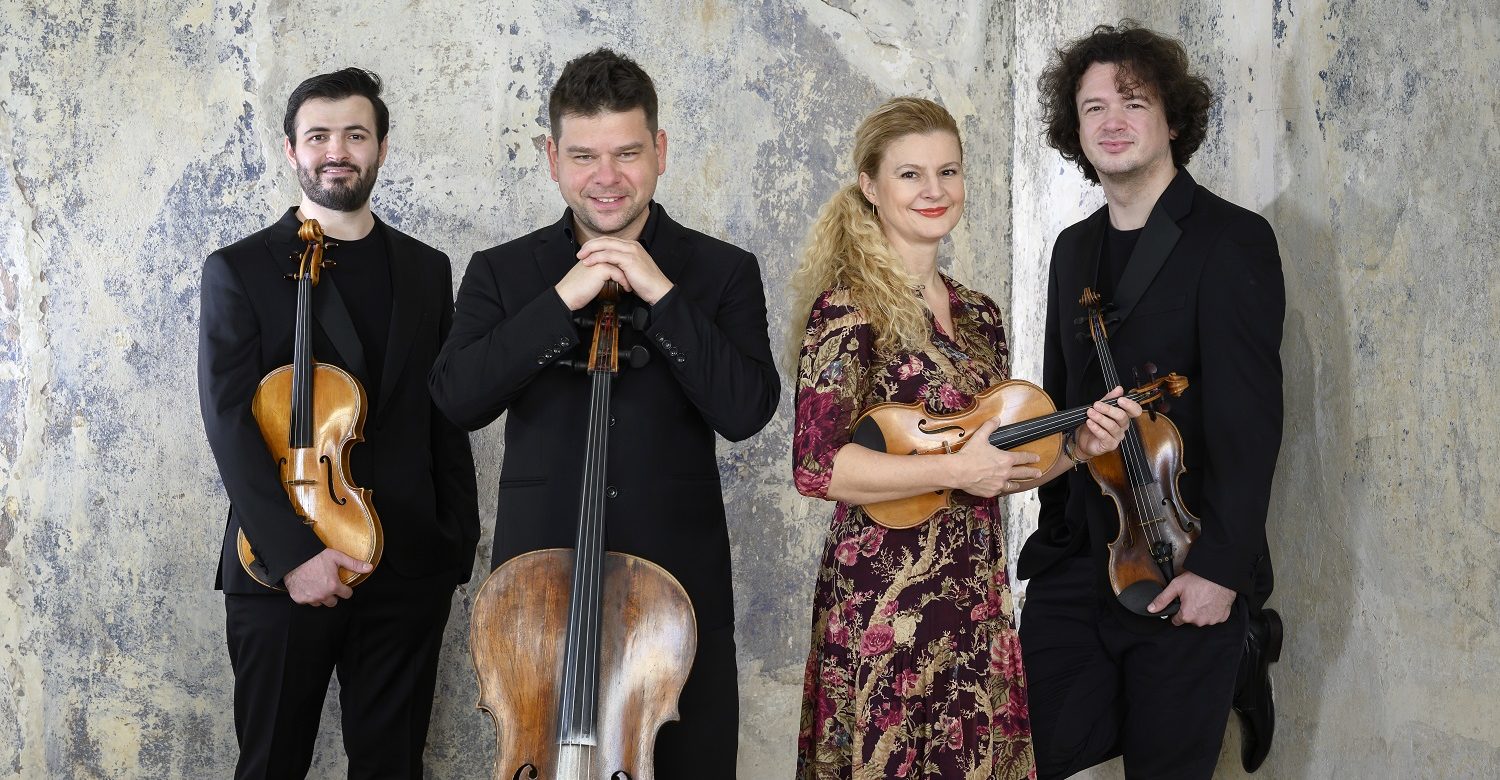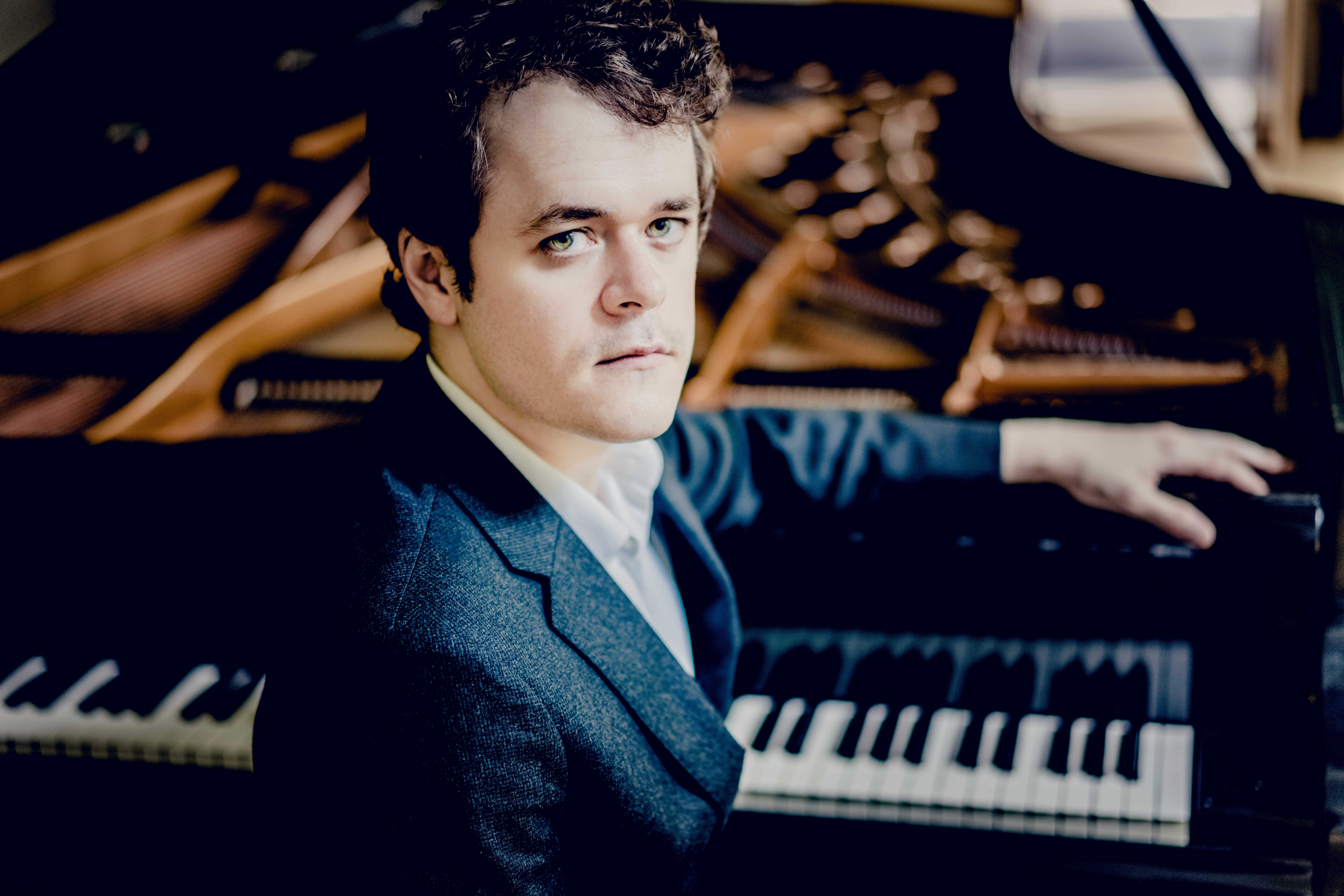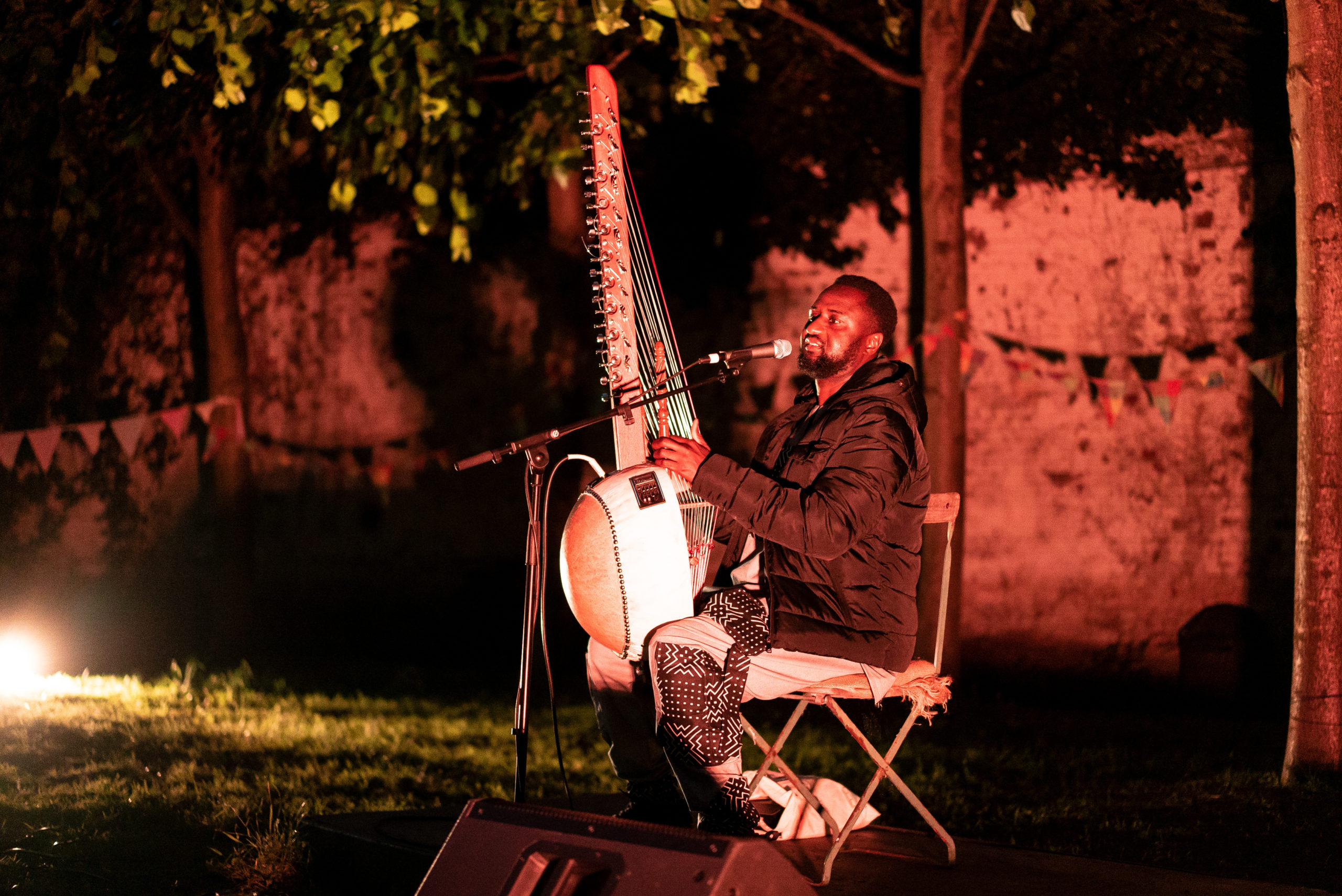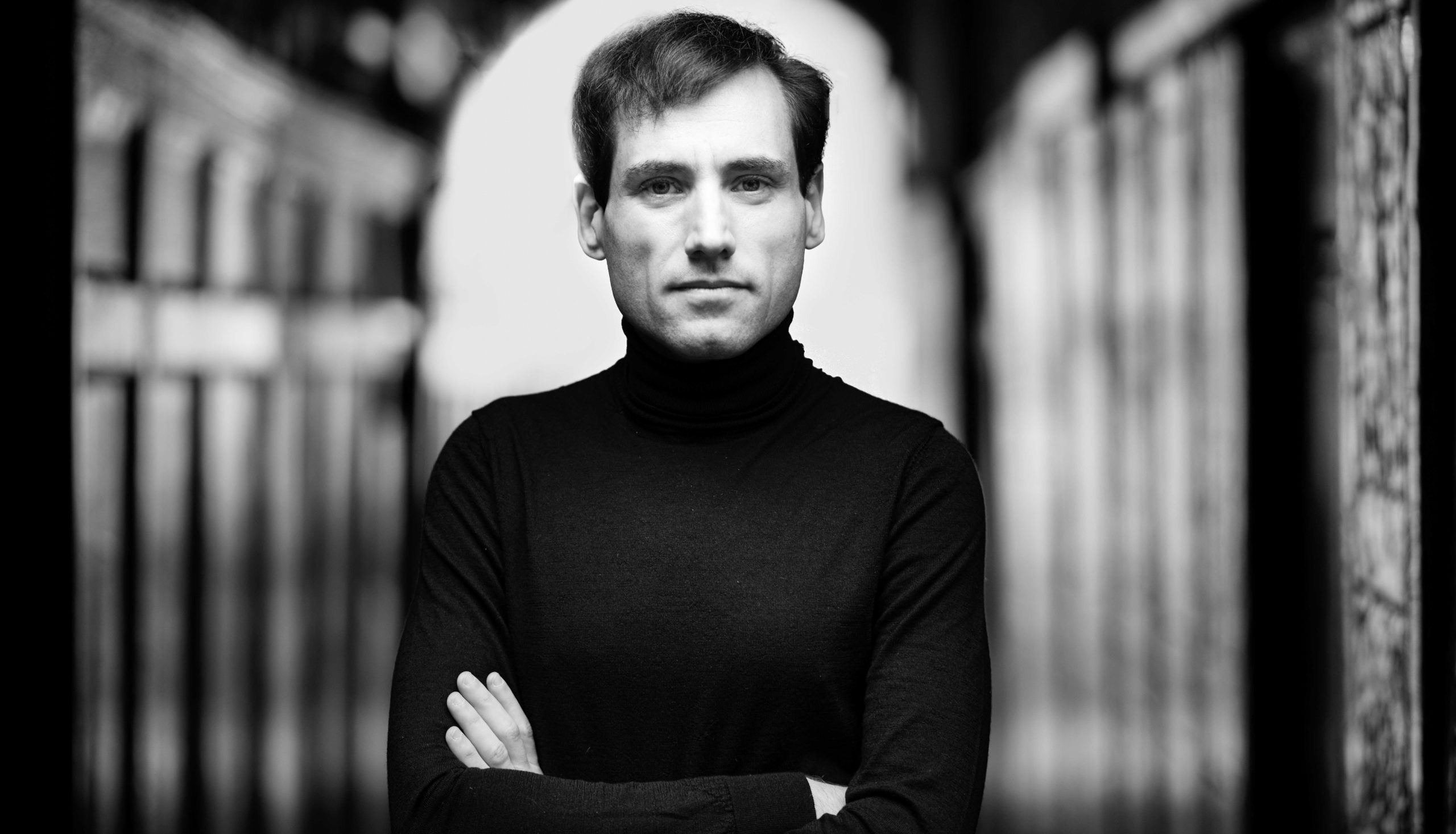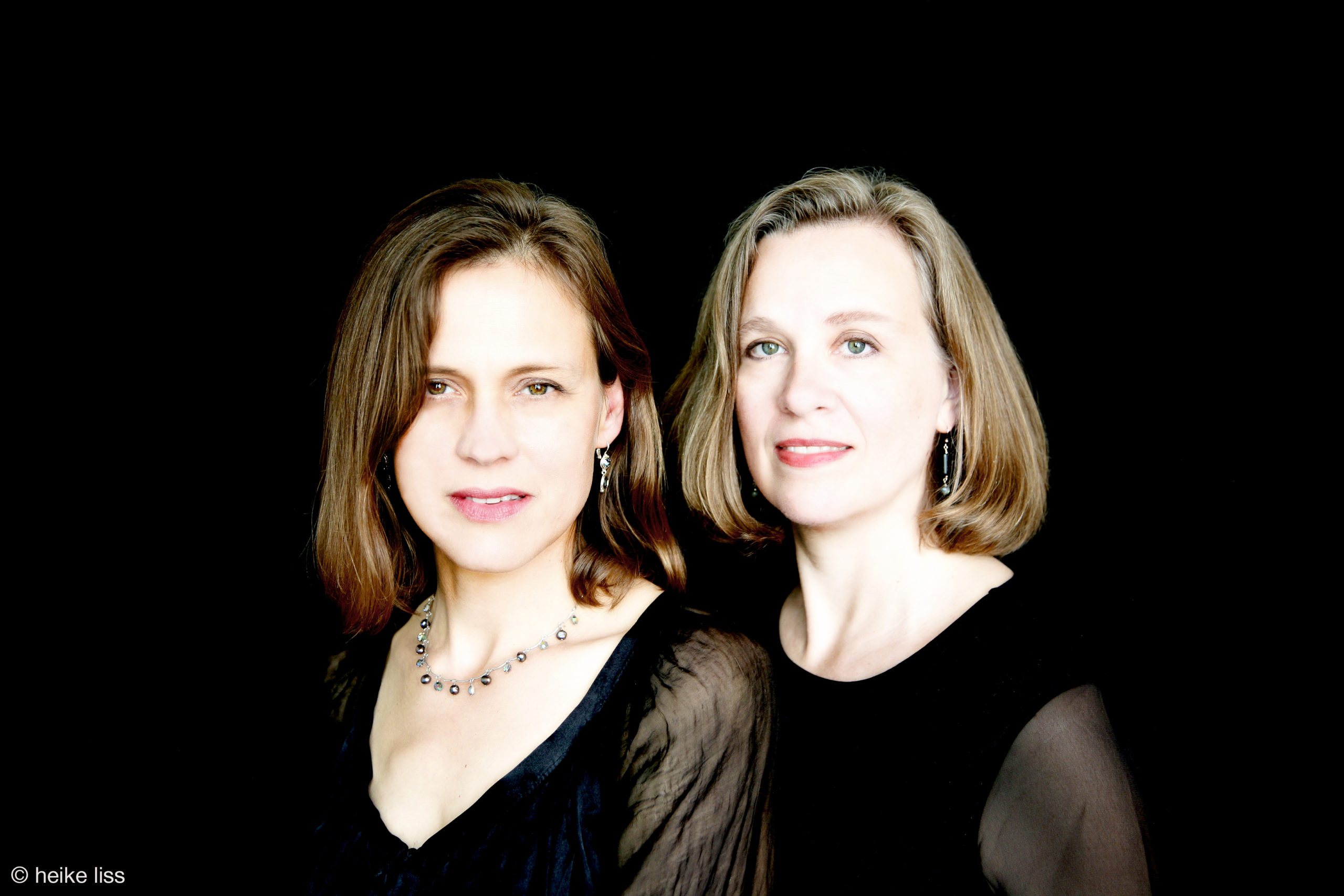
Meet Bugallo-Williams Piano Duo
Amy Williams and Helena Bugallo will perform music by Nancarrow, Reich and Ligeti on 11 March at Fitzwilliam College. We asked them why they chose the programme and what the audience can expect from the concert.
It breathes, it dances and it even smiles.
When did you two meet and start playing together as a Duo?
We met in 1993 at the University in Buffalo (New York), as graduate piano students of Yvar Mikhashoff. Amy had just spent a year studying in Denmark and Helena came from her home country of Argentina. We started playing together around 1995, in each other’s recitals at the University and at the North American New Music and June In Buffalo festivals.
What is the secret to making music together that sound like one person with four hands?
This is the primary challenge and also the beauty of playing chamber music! You might have different ideas about how something should be interpreted, your sound might have different qualities, your technique or touch might differ, etc. Looking for agreement where there is not, and letting the common elements develop and mature will translate into a unified interpretation and sound. It takes some time and practice, but that is the marvel of making music together. It constantly opens your mind and your ears.
If people aren’t familiar with the music of Conlon Nancarrow, what can they expect from this
concert?
They will hear the work of a hard-headed, humorous and extremely original artist who composed the music he had to compose, no matter what. The Studies we will play are all relatively short pieces (between 1 and 6 minutes) and each creates a totally unique universe. Originally composed for the mechanical player piano, they share a machine-like quality and exploit the finest tempo differences among different voices (usually presented in canon). It is impressive how the music comes alive from the friction among the coexisting tempi. It breathes, it dances and it even smiles. Jazz, African and Indian musical traditions and Medieval European polyphony were significant influences for Nancarrow.
It is a very fine and dangerous line to walk, but also uniquely rewarding
Nancarrow’s Studies were originally composed for ‘piano player’ rather than by human hands, yet
you play them here transcribed for 4 hands. What are the particular challenges of playing music
composed for a machine?
Perhaps the biggest challenge in this case is rhythmic. The precise coordination (or un-coordination!) of the parts when different tempos proceed at the same time is vital to the music. This is a clock- machine mechanism that took us a while to build: each must keep their own tempo or tempos, but also stay in perfect proportion to the other person. It is a very fine and dangerous line to walk, but also uniquely rewarding. Another important challenge is to accept that we are not machines, and try
to use this to our advantage. The music calls for rhythmic precision and clarity of articulation, but also accepts (and even benefits from) balance, dynamic and phrasing nuances that become possible in human hands. This opens up a new dimension for the interpretation of this extraordinary music.
This programme takes our breath away perhaps too often! We must remind ourselves to keep breathing.
Why have you chosen the Reich and Ligeti pieces to go with the Nancarrow Studies?
Though Nancarrow worked in a quite isolated environment in Mexico City, he was very knowledgeable about current musical trends, including minimalism, avant-garde music, world musics, jazz. The only two-piano Study on the program (#44) connects to minimalism and American experimentalism. Each pianist plays the same music (8-10 times!) but at two different and unspecified speeds. The effect is of a slow “phasing” with one piano starting slower and the second coming in later (but faster), catching up to the first, and ending first. The looping and phasing, as well as the combination of irrational tempo differences, connects it very directly to Reich’s Piano Phase.
György Ligeti’s Self-portrait with Reich and Riley (with Chopin in the background) is an homage to his once musical kinship with Reich and also Terry Riley. The Presto at the end of this movement alludes to the finale of Chopin’s B minor Sonata, an early precursor of “quintessentially minimalistic music,” according to the composer. On many occasions, Ligeti professed a deep admiration for the music of Conlon Nancarrow, describing it as “something great and important for all music history! His music is so utterly original, enjoyable, perfectly constructed, but at the same time emotional.”
Which part of the programme takes your breath away?
This programme takes our breath away perhaps too often! We must remind ourselves to keep breathing. As for the public, we hope there will be many occasions to be surprised. These moments will ideally be different for every person!

